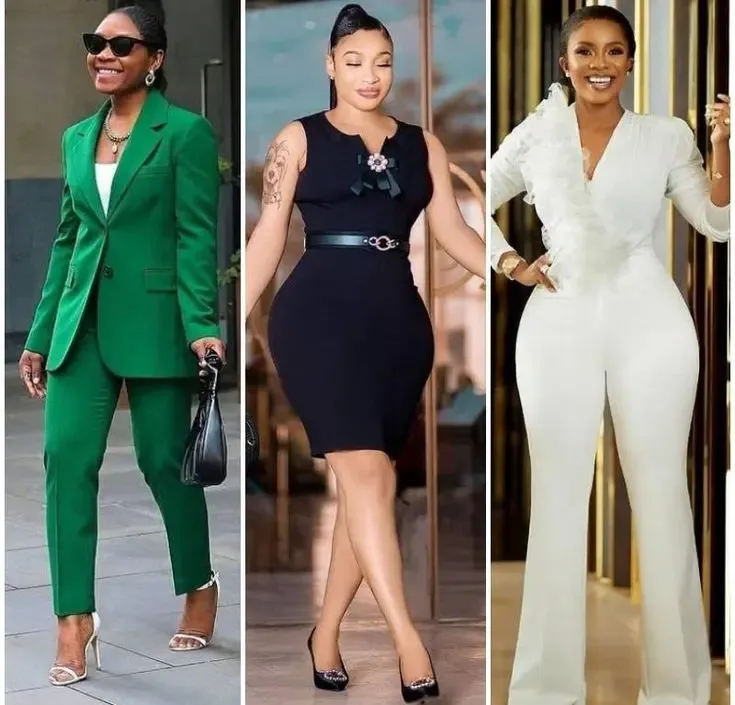Office uniforms don’t have to be boring, do they? Young professionals are championing a muted, repetitive workwear rotation under the guise of combating “decision fatigue”—but at what cost to personal branding and sartorial ambition? The rise of the so-called “Steve Jobs uniform”- a monochromatic, minimalist approach to corporate dressing – has gained traction among Gen Z, flooding TikTok with endless iterations of grey blazers, black trousers, and nondescript layering. Yet this trend feels less like a strategic style choice and more like a surrender to workplace conformity—one that overlooks the transformative power of intentional dressing.

The Psychology of Workwear: Beyond the Uniform
Fashion psychologist Dr. Carolyn Mair underscores the importance of workplace attire as a tool for non-verbal communication: “Clothing serves as a potent social signal. A polished, intentional aesthetic conveys competence, confidence, and commitment—qualities that directly influence professional perception.” While adopting a signature look (à la Jobs, Zuckerberg, or Obama) can project consistency, the current wave of uninspired corporate wear suggests a lack of engagement with fashion’s expressive potential.
Isabel Spearman, former Telegraph fashion columnist, observes: “Younger professionals today seem reluctant to embrace dressing as part of their professional toolkit. For my generation, workwear was an extension of personal branding—a way to command respect and project ambition.” Indeed, the adage “dress for the job you want, not the job you have” feels particularly relevant in an era where first impressions extend beyond the boardroom to LinkedIn profiles and virtual meetings.

The False Binary: Minimalism vs. Excess
Ironically, the same generation that popularized the “office siren” aesthetic—a bold, curve-hugging take on corporate glam—now swings toward the opposite extreme. But must the choice be between skin-tight tailoring and shapeless neutrals? The answer lies in strategic, personality-inflected styling that adheres to professional norms while allowing for individuality.
Stylist Anna Berkeley advocates for subtle yet impactful updates: “A statement shoe—whether a fringed loafer, a bold oxblood pump, or an on-trend metallic flat—can instantly elevate a basic ensemble. Similarly, a pop of color in layering (think chartreuse knits or butter-yellow shells) reinvigorates classic suiting.” Accessories, too, play a pivotal role; a standout belt, a silk scarf, or even textured tights can introduce dimension without deviating from dress codes.

Reclaiming Joy in Corporate Dressing
The workplace need not be a sartorial graveyard. As Dr. Mair notes, “Personal touches—a vintage watch, artisanal jewelry, or a well-cut blazer in an unexpected hue—can assert individuality while maintaining professionalism.” The key is intentionality: curating a capsule wardrobe that balances efficiency with flair.
For those hesitant to overhaul their workwear, incremental changes yield outsized impact:
- Power Footwear – A vibrant Mary Jane or architectural loafer commands attention.
- Color-Blocked Foundations – Inject energy via a striped blouse or a tonal green ensemble.
- Tailored Accents – Embrace the resurgence of ties (skinny silks for a feminine twist) or structured outerwear.

In an era of remote work and hybrid offices, dressing with purpose is more crucial than ever. The uniform trend may promise simplicity, but true style lies in the details—those small, joyful choices that transform routine into ritual. After all, if not now, when?
Final Thought: The office is your runway. Why blend in when you were meant to stand out?
